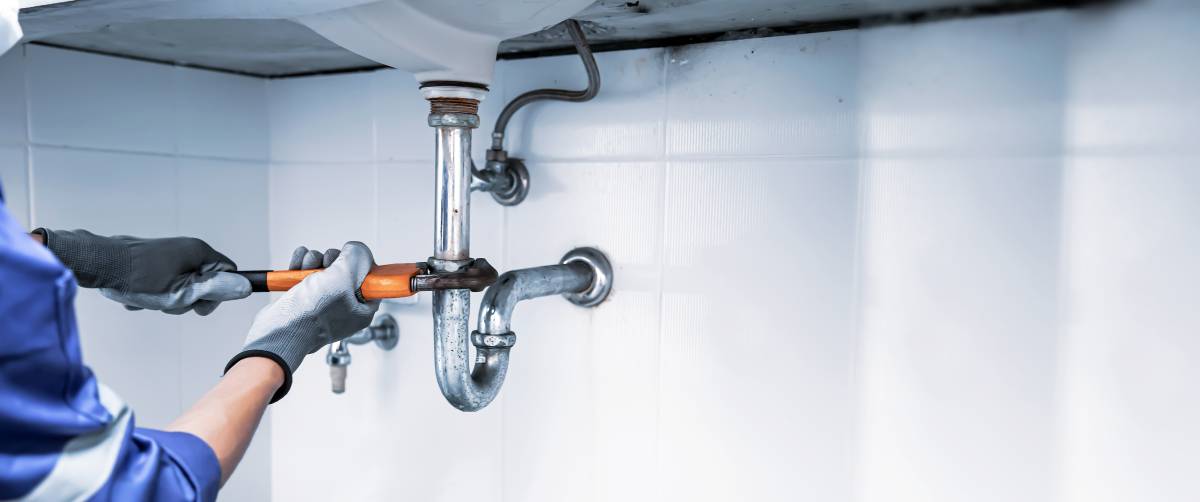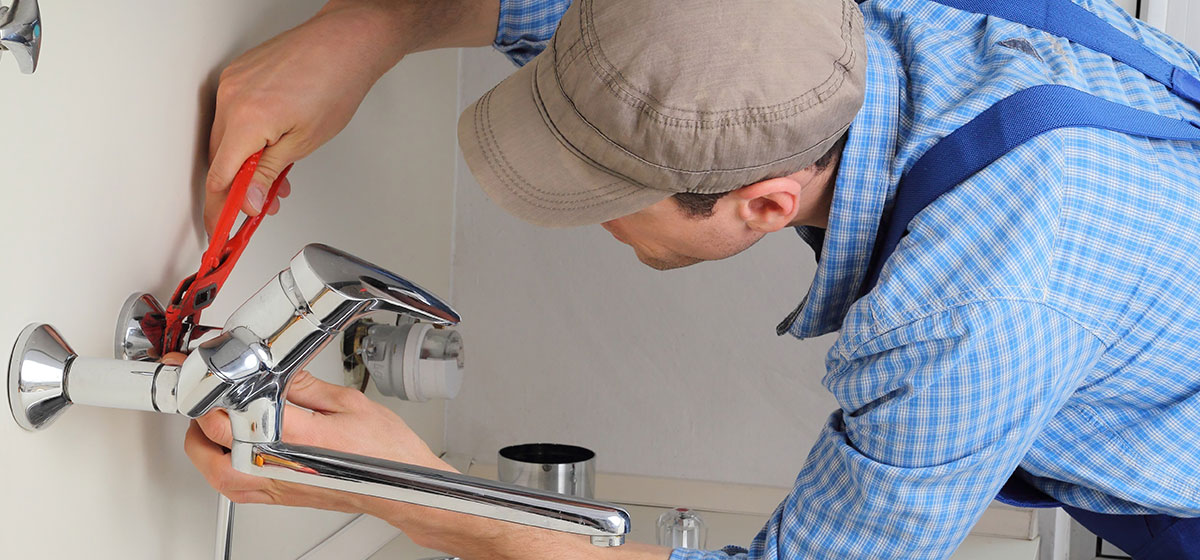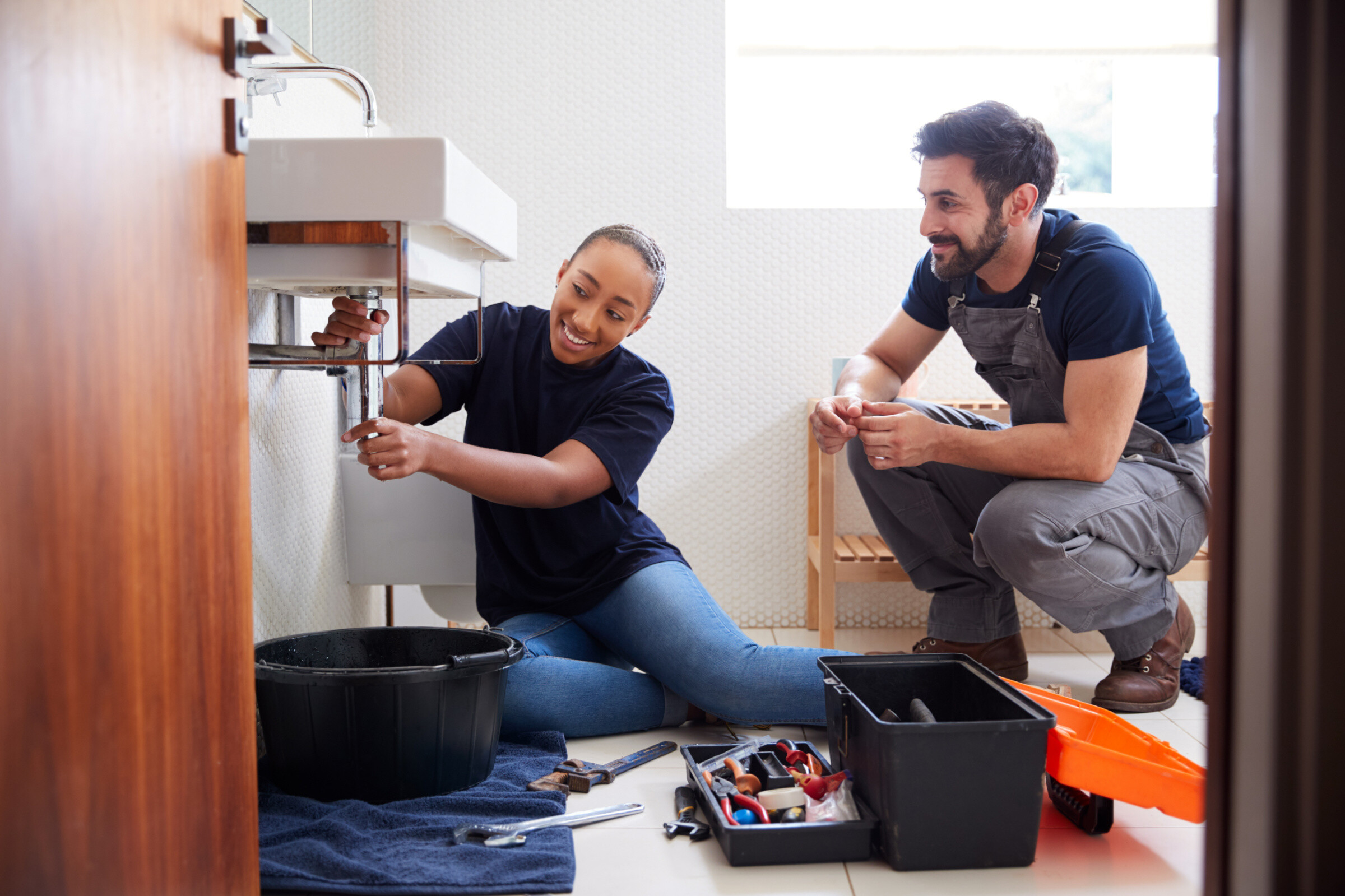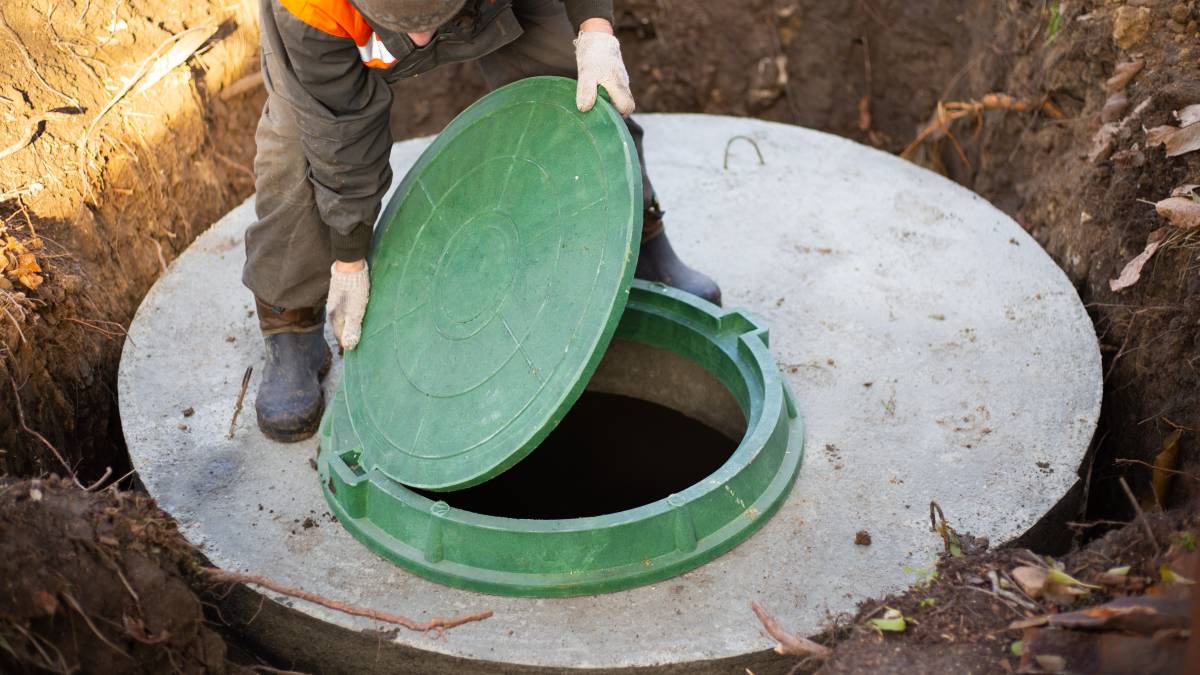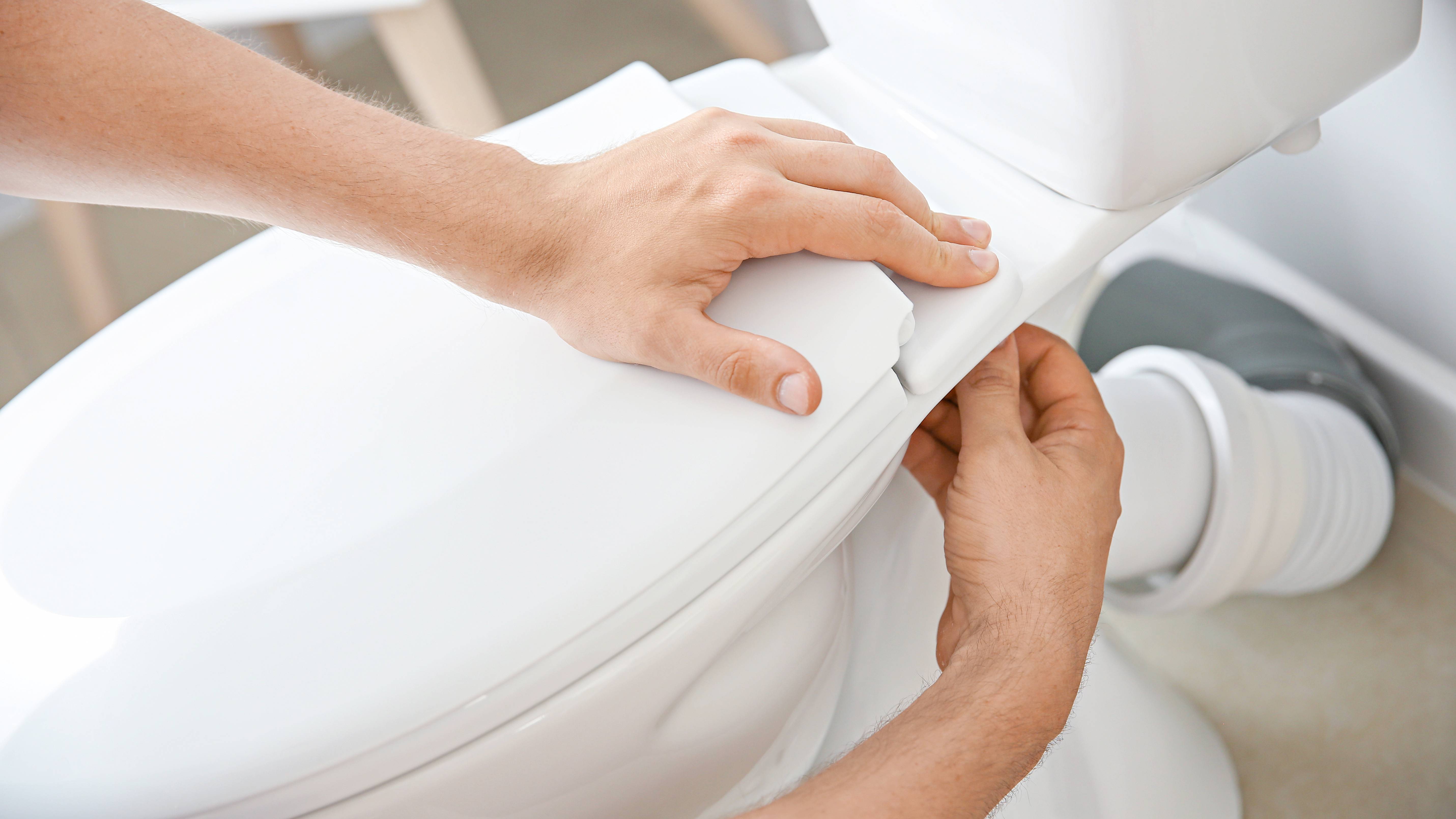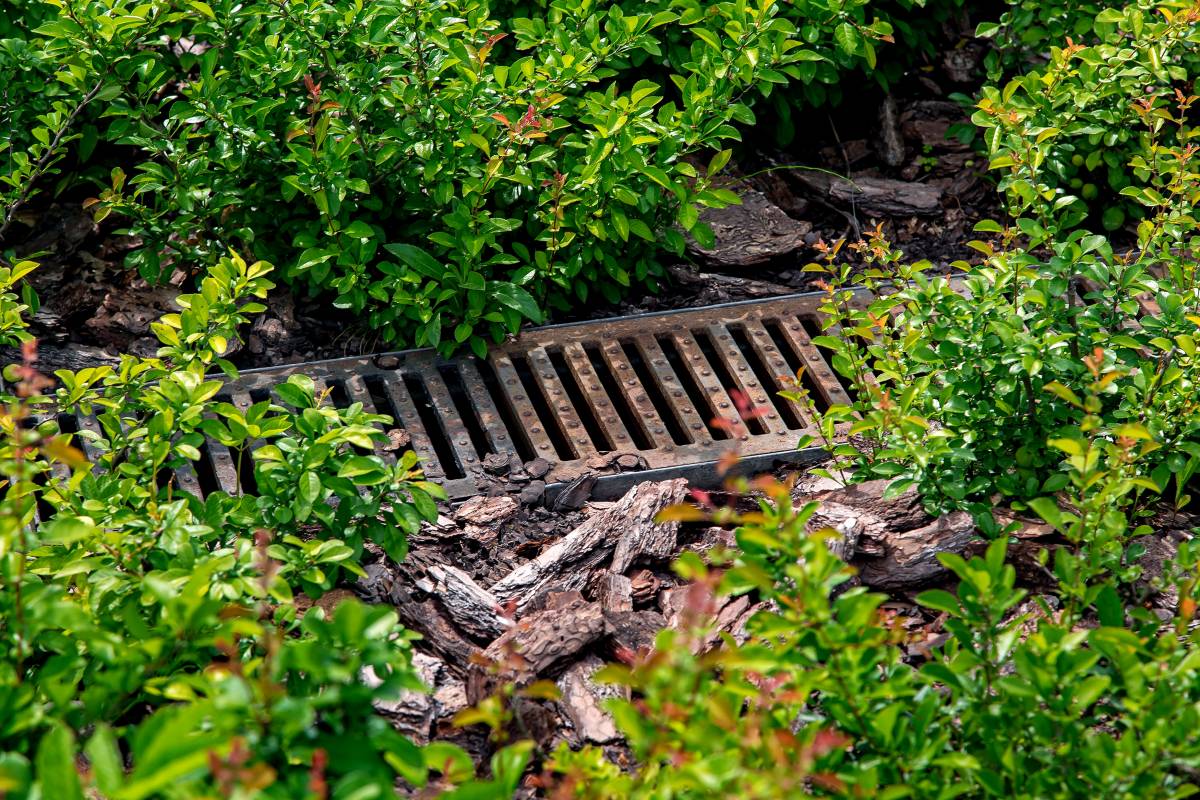
Improve your garden drainage with these low-cost hacks
Find a plumberLast Updated on
Good drainage is very important to growing many garden plants and keeping grass healthy. If the soil in your garden is not well-drained, it can encourage disease, fungus growth, and rot for many plants. You can stop your garden from flooding when it rains by improving your drainage.
If you’re looking for ideas to prevent your garden from turning into a wet swamp, you’re in the right place! Read on to know how to put drainage in your garden and make gardening a fuss-free hobby!
How wet is the soil?
Before you learn how to drain a garden, determine the areas of your yard that get easily wet and how long they stay that way. Take note of the soil's moisture level during the different seasons and how often these areas keep water.
To gauge soil drainage in a specific area in your garden, do the following:
Dig an 18-inch deep, 12-inch wide hole.
Fill it with water. The water level should drop steadily and be completely drained within 24 hours.
Repeat the tests weeks later or during the next season to determine if it’s a seasonal issue.
Other symptoms include multiple puddles caused by rain that have trouble draining, squelching sounds when stepping on the soil, reed growth, and moss growth.
Garden drainage ideas you can try
You can fix garden drainage problems by trying out the following tips:
Tip #1: Grow water-loving plants

The easiest and cheapest garden drainage solution is to grow plant species compatible with wet soil. You can grow hydrangeas to regulate wet soils. Do you have clay soil gardens? Plant Geranium and Fuchsia. This solves your drainage problem and improves the look of your garden.
Tip #2: Mix in compost
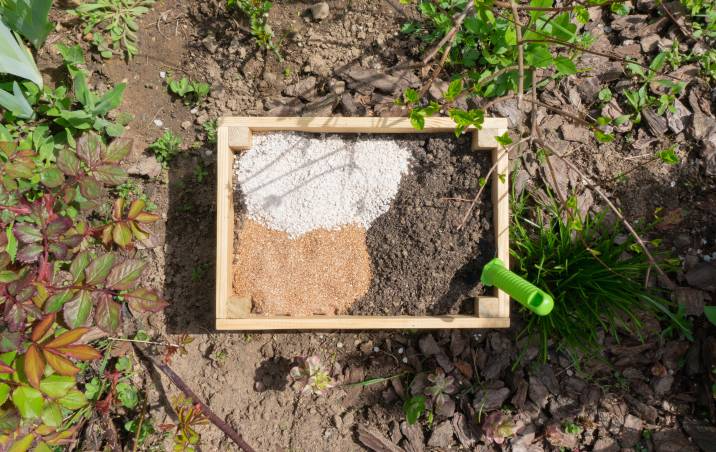
To improve waterlogged soil, you can mix compost with the soil to improve drainage. Lighten the soil by mixing in organic matter. By doing so, you’re filling the soil pore spaces for oxygen.
Adding valuable air pockets can do a lot of benefits for your garden. However, this can be a multi-year process since you will have to mix in 3-4 inches of compost yearly to improve drainage gradually.
Tip #3: Pricking, slitting, or spiking
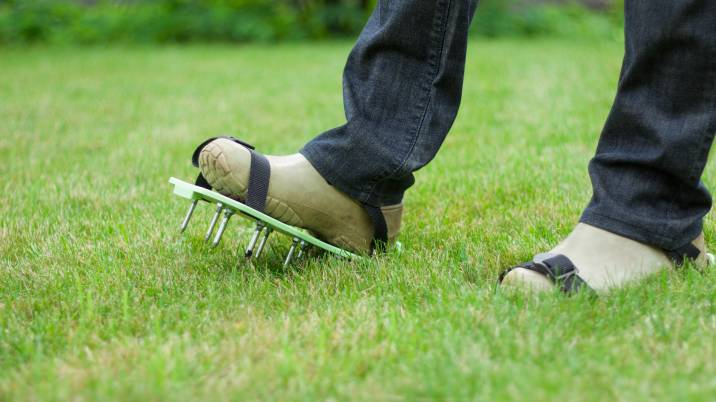
Prick or slit lawn surface with shallow, 2 to 3 cm holes. Or, if you want better drainage, use a spiking tool designed for deep holes. These holes are filled with free-draining material, such as proprietary lawn top dressing or horticultural sand. This method allows the water to flow from the surface to deeper, less compacted layers.
Tip #4: Build raised beds
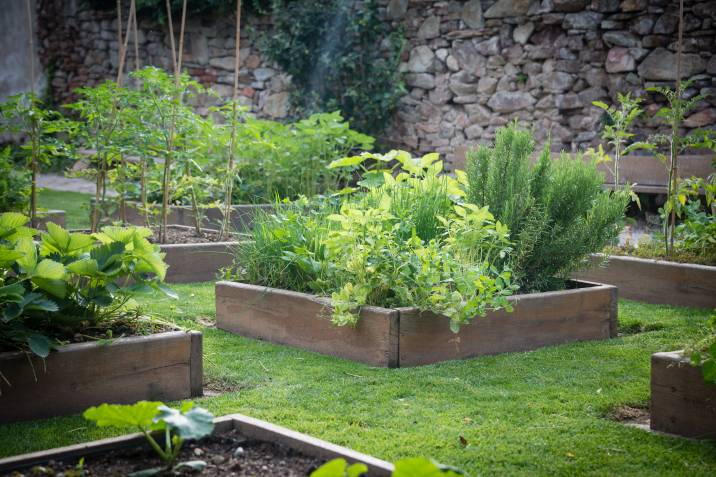
Raised garden beds can be filled with quality topsoil that offers a free-draining environment for your plants. Add compost, worm castings, coco coir, grass clippings, and greensand to manage drainage.
Tip #5: Use bark chipping
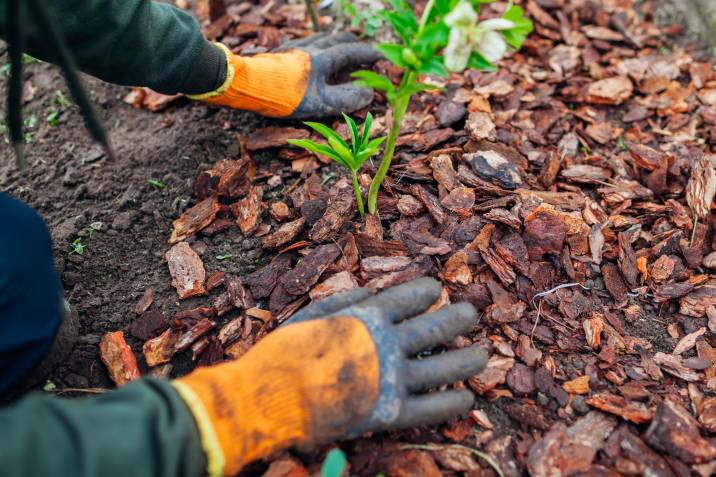
Bark chippings absorb moisture. They also prevent weed growth, making your plants stay healthy. They also insulate beds during cold snaps and improve the appearance of the soil bed.
Can I install a drainage system in a garden by myself?
You can enhance your garden drainage by installing a drainage system. However, the process is quite complicated and is best left to professionals. Your best bet is to call a certified landscaper to whom you can entrust your garden.
Also, don’t forget to consult local authorities before connecting a drainage system or storm drains to avoid a fine, especially in areas where it may be forbidden.
Different types of garden drainage systems
These are the common landscape drainage solutions you can apply.
Simple ditches - To create simple ditches, find a slope first. Then, dig about 90 cm deep to create a ditch using trenching equipment. Ditches should feature sloping sides and should be dug out at the lower end of the slope.
French ditches - A French drain, which is a sloped ditch, is used to redirect stagnant water towards a drain.
Herringbone drainage - Also built on a slope but consists of several trenches connected to the main drain. This drainage is best used on flooded lawns or irregularly-shaped gardens.
Piped drainage - This drainage uses perforated plastic or corrugated land drain pipes inside the ditches.
Keep your garden well-maintained
Keep the plants in your garden healthy by ensuring you’ve got functional drainage systems. You can avoid disease, fungus growth, rot, and garden flooding with good drainage.
Hire a garden designer or a garden expert to help you improve your garden drainage! |
Related articles
Related price guides
